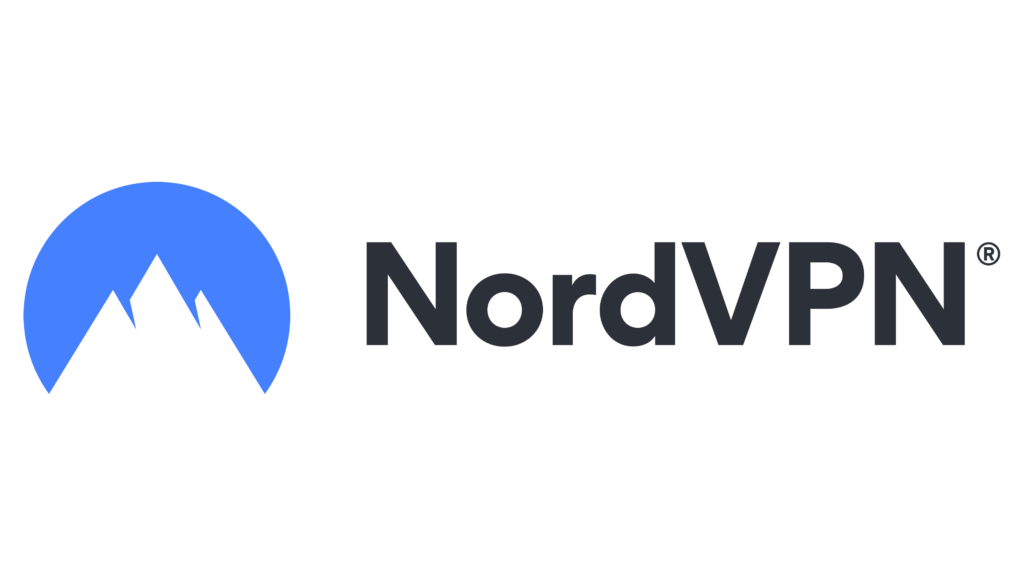
Navigating the digital landscape safely and privately has become a priority for many. One effective way to enhance your online security is by using a Virtual Private Network (VPN). Setting up a VPN might seem daunting, but it’s a straightforward process. This guide will walk you through the steps to set up a VPN, ensuring your online activities are protected.
1. Choosing the Right VPN Service
The first step in setting up a VPN is selecting the right VPN service. With numerous options available, consider factors like security features, server locations, speed, ease of use, and pricing. Research and choose a reputable VPN provider that meets your specific needs, whether it’s for streaming, privacy, or bypassing geo-restrictions.
2. Sign Up and Download the Software
Once you’ve selected a VPN provider, visit their website to sign up for the service. After creating an account, download the VPN software or app for your device. Most VPN providers offer applications for a variety of platforms, including Windows, macOS, iOS, and Android.
3. Install and Launch the VPN Application
After downloading, install the VPN application on your device. Follow the installation prompts, which typically involve agreeing to terms, selecting an installation location, and waiting for the installation process to complete. Once installed, open the VPN application.
4. Log In and Configure Settings
Log in to the VPN application using the credentials you created during the sign-up process. Before connecting to a VPN server, explore the app’s settings. Configure preferences like the choice of protocol, automatic startup, and kill switch activation, which disconnects your internet if the VPN drops unexpectedly.
5. Selecting a VPN Server
Choosing the right server is crucial for optimal performance. If you’re looking to access content from a specific country, select a server in that country. For general use, choosing a server close to your physical location often provides the best speed.
6. Connect to the VPN Server
Once you’ve selected a server, click the ‘connect’ button. The VPN app will establish a connection to the server, securing your internet traffic. Once connected, all your online activities are routed through the VPN, providing encryption and privacy.
7. Verifying the VPN Connection
After connecting, it’s wise to verify that the VPN is working correctly. You can visit a website like ipleak.net to check your IP address and DNS requests. If the site shows the IP address of the VPN server and not your real IP, the VPN is functioning correctly.
8. Using the VPN
With the VPN connected, you can now browse, stream, and work online with enhanced security and privacy. Remember to disconnect from the VPN when you’re done if you don’t want all your traffic routed through it.
9. Troubleshooting and Support
If you encounter issues, consult the VPN provider’s support resources. Many offer extensive FAQs, setup guides, and customer support services to assist with troubleshooting.
Conclusion: Empowering Your Online Security
Setting up a VPN is a simple yet powerful step in securing your digital life. By following these steps, you can enjoy a safer and more private online experience. Whether you’re working remotely, shopping online, or streaming content, a VPN is a versatile tool that enhances your internet freedom and protection.

